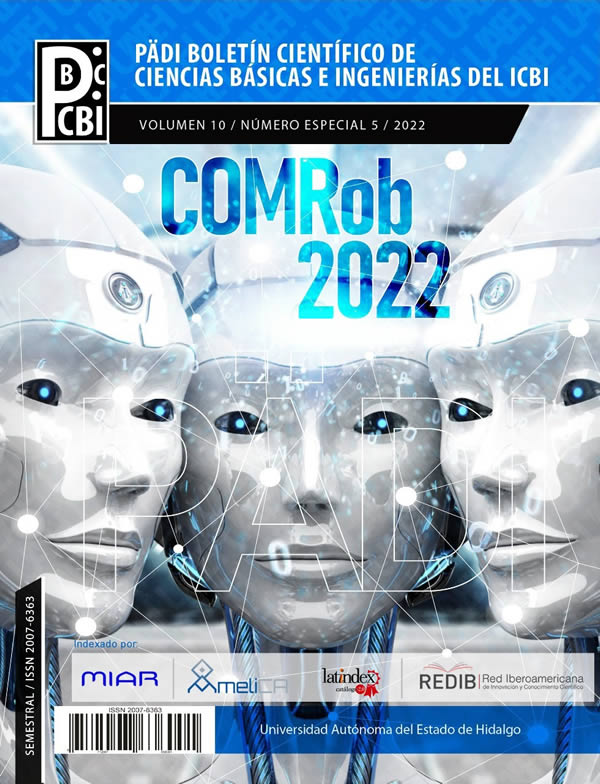PID control applied to a phototherapy prototype
Abstract
Within the biomedical area, the control of the variables of the processes is fundamental, because a small error directly influences the health of people, there is no margin of error, for example, in the application of phototherapies, the control of the intensity of Ultraviolet radiation will determine the effectiveness of the treatments. Due to this, in the present work, the design and physical construction of a phototherapy bed prototype is addressed, which was built by 3D printing, as well as a control system for light regulation in the face of external disturbances. The luminosity control is carried out through the implementation of a digital PID control action on an ATmega328P132 microcontroller that gives the response to an LED lamp which varies the intensity according to the difference detected between the desired level for the treatment and the detected value. using a light sensor.
Downloads
References
Alfaro Ruíz, V. M. (2012). Ecuaciones para controladores PID universales. Revista de la Universidad de Costa Rica, 12(1), 12-21.
Bravo Laura, C. E. & Morales Licla, P. C. (2018). Desarrollo de un equipo de fototerapia para el tratamiento de la ictericia neonatal, basado en tecnología de led azul, un control de irradiancia en lazo cerrado y un algoritmo de sugerencia de tratamiento. Tesis de Pregrado. Universidad de San Martín de Porres.
Castro Moncada, J. C. (2018). Diseño e implementación de una lámpara de fototerapia led con control de luminosidad para tratamiento de ictericia en neonatos, Piura Perú: Universidad Nacional de PIURA.
Cuenca Vicente, A. L. (2014). Diseño y construcción de un prototipo de lámpara de fototerapia con sistema de control digital para tratamiento de ictericia en neonatos. Cuenca Ecuador: Universidad Politecnica Salesiana.
Galíndez González, A. L., Carrera Benavides, S. R., Díaz Jiménez, A. A., & Martínez Burbano, M. B. (2017). Factores predisponentes para ictericia neonatal en los pacientes egresados de la UCI neonatal, Hospital Infantil los Ángeles de Pasto. Univ. Salud, 352-358.
Lozano-Valencia, L. F., Rodríguez-García, L. F., & Giraldo-Buitrago, D. (2012). Diseño, Implementación y Validación de un Controlador PID Autosintonizado. TecnoLógicas, (28), 33-53. ISSN 2256-5337
Moreno García, F. E., Medina Delgado, B., Castro, S., Fuentes, J., & Sepúlveda Mora, S. (2018). Experimentación de controladores digitales clásicos en un sistema embebido aplicado en un proceso térmico. Revista UIS Ingenierías, 17(1), 81–92. https://doi.org/10.18273/revuin.v17n1-2018008
Ogata, K. (2010). Ingeniería de Control Moderna. Madrid, España: Pearson. ISBN: 9788483226605
Rodríguez, B. A. & González, J. L. (2018). Desarrollo de manta de fototerapia como apoyo al tratamiento de ictericia neonatal, vol. 1, Silao Guanajuato: Universidad Politecnica del Bicentenario.
Zegarra Flores, J. V. (2007). Diseño de un sistema de fototerapia utilizando Leds aplicado en dermatología, Lima Perú: Pontifica universidad Católica del Perú.













